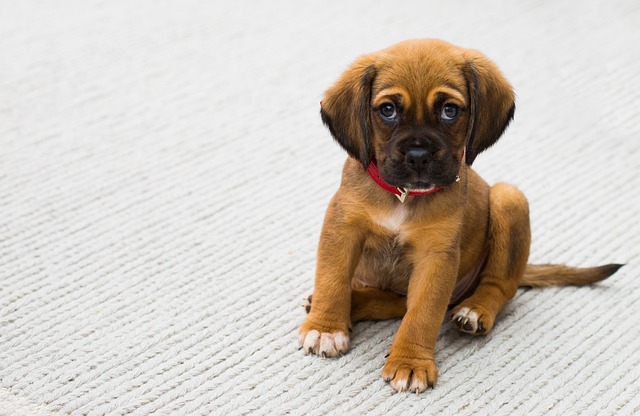
Is standing for a long time harmful to a dog's body
When we see dogs performing on their hind legs in circuses or street entertainers training dogs to stand for prolonged periods to beg,
When the lively and cute dog at home suddenly starts to chew paper towels, swallow soil, or even becomes interested in the lime blocks in the corner, many owners will fall into worry and confusion. This seemingly strange behavior is called "pica" in the field of pet medicine. Pica is not just a bad habit, but often hides complex physiological and psychological factors. Every abnormal biting action is like a distress signal from the dog, telling of physical or mental discomfort. A deep understanding of the causes of pica is not only the key to solving the problem, but also a reflection of the owner's deep care for the dog.
From a physiological perspective, nutritional imbalance is one of the common causes of pica in dogs. The dog's body needs a variety of nutrients to maintain normal operation. When the diet structure is single and cannot take in enough protein, vitamins, and minerals, their body will instinctively try to obtain the missing nutrients from other substances. For example, a lack of iron may cause dogs to chew on soil, because some soils contain trace amounts of iron; a lack of B vitamins may cause dogs to be interested in hair, feathers, etc. Imagine a helpless scene when a dog is hungry and malnourished, searching around like a lost child, trying to fill the gaps in his body. Therefore, providing dogs with a scientific and reasonable diet and ensuring balanced nutrition is an important step in preventing pica.
In addition to nutritional problems, diseases may also cause dogs to have pica. Gastrointestinal parasitic infections are a common cause. Parasites such as roundworms and tapeworms parasitize in the dog's intestines, which will destroy the normal digestion and absorption function of the intestines, causing the dog to be unable to obtain enough nutrition even if it eats enough, and then have pica behavior. In addition, endocrine diseases such as hypothyroidism and diabetes may also affect the dog's metabolism and taste perception, causing them to have an abnormal interest in non-food items. When dogs have pica behavior due to illness, they not only suffer from physical pain, but may also feel anxious because of their owners' lack of understanding. As an owner, taking your dog to the doctor for a checkup in time, identifying potential diseases and treating them is the key to ensuring their health.
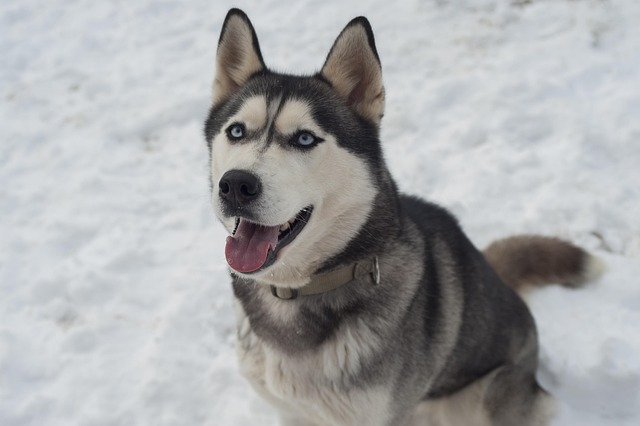 Psychological factors also play an important role in the formation of pica in dogs. Dogs are emotional animals. When they are lonely, anxious, and stressed for a long time, they may relieve their emotions by chewing and swallowing non-food items. For example, if the owner goes out for work for a long time and leaves the dog alone at home, the dog may chew furniture and tear clothes because of loneliness; changes in the new environment and changes in family members will also make sensitive dogs feel uneasy, thus triggering pica behavior. Seeing the once lively and cheerful dog become abnormal due to psychological pressure, the owner must be full of heartache. At this time, giving the dog more companionship, care and security, and relieving their anxiety through play and interaction are crucial to improving pica.
Psychological factors also play an important role in the formation of pica in dogs. Dogs are emotional animals. When they are lonely, anxious, and stressed for a long time, they may relieve their emotions by chewing and swallowing non-food items. For example, if the owner goes out for work for a long time and leaves the dog alone at home, the dog may chew furniture and tear clothes because of loneliness; changes in the new environment and changes in family members will also make sensitive dogs feel uneasy, thus triggering pica behavior. Seeing the once lively and cheerful dog become abnormal due to psychological pressure, the owner must be full of heartache. At this time, giving the dog more companionship, care and security, and relieving their anxiety through play and interaction are crucial to improving pica.
The impact of the living environment cannot be ignored. If the dog lives in a small and monotonous space, lacking enough toys and activity areas, they may look for various items to pass the time because of boredom, and gradually develop the habit of pica. In addition, some dogs are prone to pica if they are not properly guided and educated in their infancy and are not stopped in time when they come into contact with non-food items. Just like children need a good growth environment and correct education, dogs also need their owners to create a safe, interesting and suitable living space for them to help them establish correct behavioral habits.
In the face of dog pica, the owner's attitude and handling method are crucial. When you find that a dog has pica behavior, you must not blindly beat, scold or blame it, because this will not only fail to solve the problem, but also make the dog feel fear and grievance, and increase the psychological burden. The owner should patiently find the root cause of pica with an understanding and caring attitude and take corresponding measures. Whether it is adjusting the diet structure, treating the disease, or giving more companionship and attention, every action conveys a deep love for the dog.
The causes of dog pica are multifaceted, and physiological, psychological, environmental and other factors are intertwined. Behind every abnormal chewing behavior, there are the dog's helplessness and needs. As the dog's most trusted partner, the owner has the responsibility and obligation to find out the cause and use scientific methods and warm love to help them get rid of the troubles of pica and restore their health and vitality. In this process, we can not only solve the dog's problem, but also further deepen the emotional bond between us and them and write a beautiful story for each other.

When we see dogs performing on their hind legs in circuses or street entertainers training dogs to stand for prolonged periods to beg,
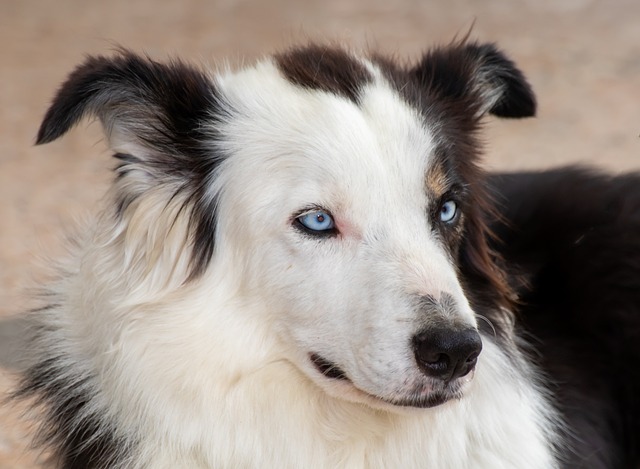
When we prepare to greet the dog's warm greeting as usual, we find that the once bright and clear eyes have become red and swollen, and the dog keeps scratching with its claws, with a look of discomfort and helplessness in its eyes.
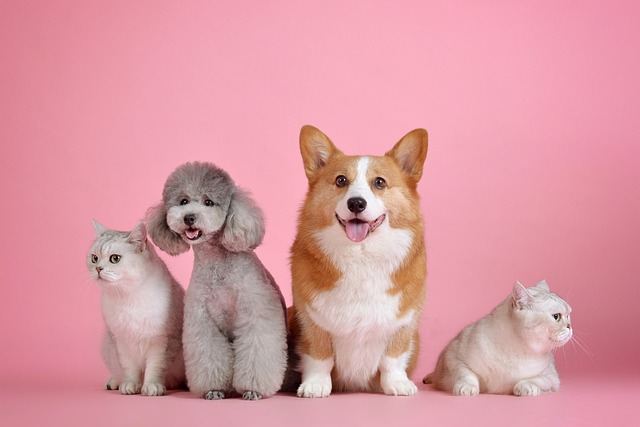
When you notice your beloved dog constantly scratching, biting itself, or see its once-smooth coat becoming red, swollen,

When you see your beloved dog constantly scratching or notice suspicious black specks in its smooth fur, it’s natural to feel concerned. Parasites are a common health issue for dogs,

When we look into the eyes of dogs, the originally bright and clear eyes suddenly show distressing red bloodshot, and even become swollen and secrete more.
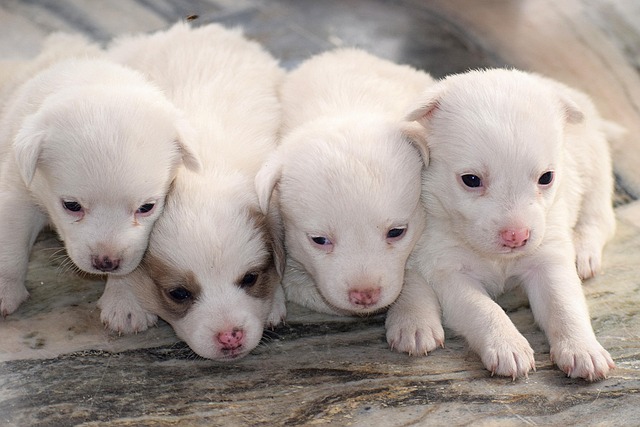
At the moment when the door closes, there comes the heart wrenching barking of dogs inside the house, or when they come home and see a chewed sofa and scattered slippers,